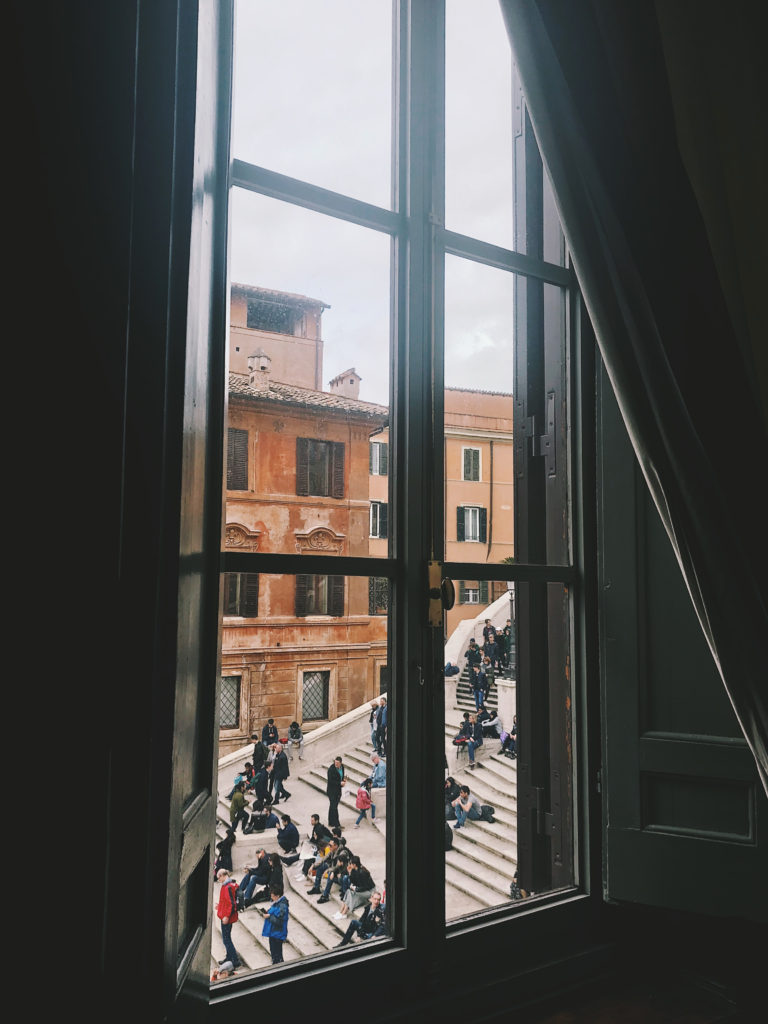
The Keats-Shelley House in Rome: Take into the Air My Quiet Breath
My top three literary bucket list items are ✅✅✅: the Keats House in Hampstead, Keats’ grave at the Non-Catholic Cemetery in Rome, and the Keats-Shelly House in Rome. Did you pick up on a pattern? John Keats captivated my imagination in high school: I even carried a pocket version of his selected poems in my back pocket my entire senior year. There was something about Keats’ combination of melancholic lyricism, Greco-Roman imagery, and tragic life that enamored me. The sites associated with his life and death became pilgrimage sites of the first order in my book, and what an emotional rollercoaster ride these visits became.
Mortally ill with tuberculosis, John Keats and the painter Joseph Severn set out for the warmer climate of Italy which was believed to ease the ravages of the disease. Delayed for a long period in Naples, Keats and Severn arrived at 26 Piazza di Spagna in November of 1820, too late to take advantage of the mild Mediterranean weather. Keats final months were spent in a room overlooking the Spanish Steps and the Baroque Fontana della Barcaccia, succumbing to illness February 23rd 1821 aged 25.
The house, now the Keats-Shelley Memorial House, is a beyond special. Sure, the morbid curiosity of entering the room of Keats’ death is there, but the artifacts, art, and sheer book porn on display here make this museum a temple to the ideals and personalities behind English Romanticism. Notable Italophile poets Percy Byshee Shelley and Lord Byron (himself a resident of 66 Piazza di Spagna down the street) are honored alongside Keats with displays of handwritten letters, portraits, and personal items belonging to these titans of poetry. Allow these photographs to whet your appetite, then go thou to Rome and see them for yourself.

“Shelley at the Baths of Caracalla” by Joseph Severn. Shelley composed his monolithic Prometheus Unbound among the ruins of the baths.

A handwritten letter from John Keats to Joseph Severn.
It reads:
“My dear Severn,
The Doctor says I mustn’t go out. I wish such delicious fate would but me in cue to entertain you with a Sonnet or a Pun. I am yours ever
John Keats”














